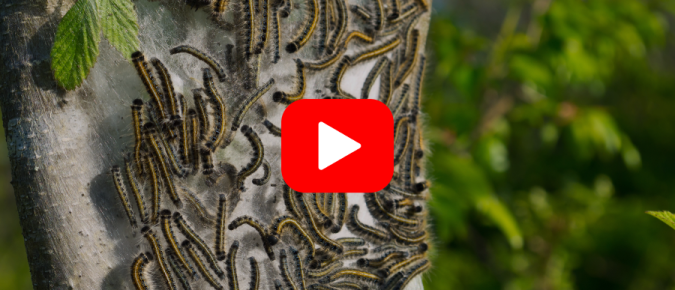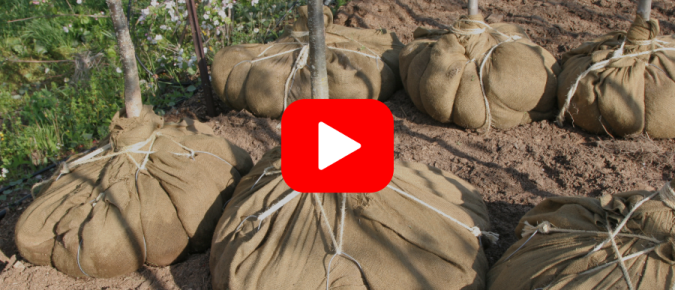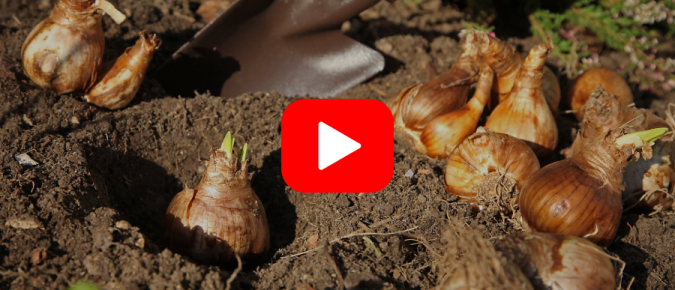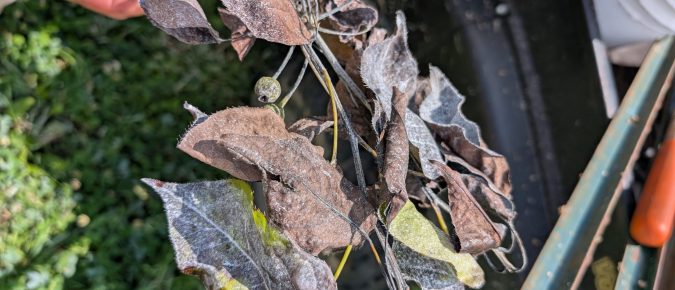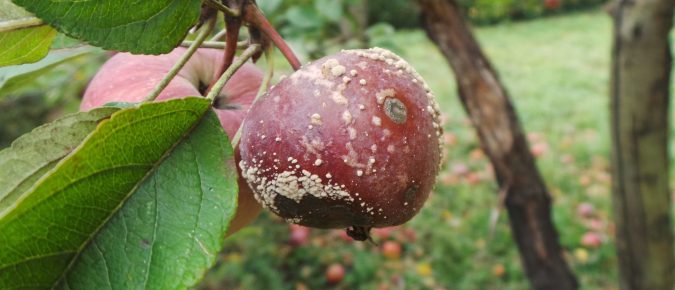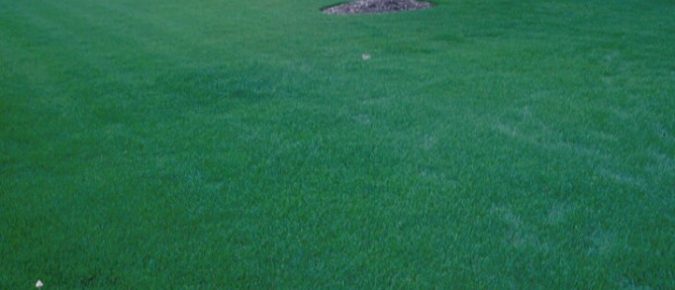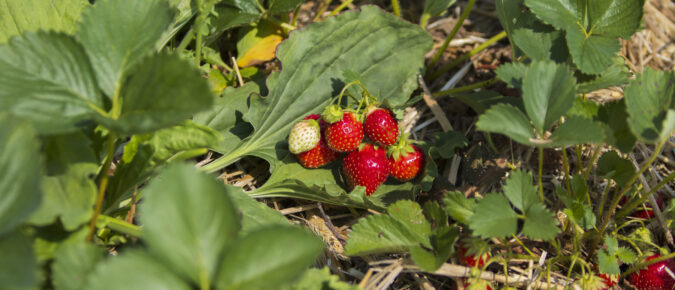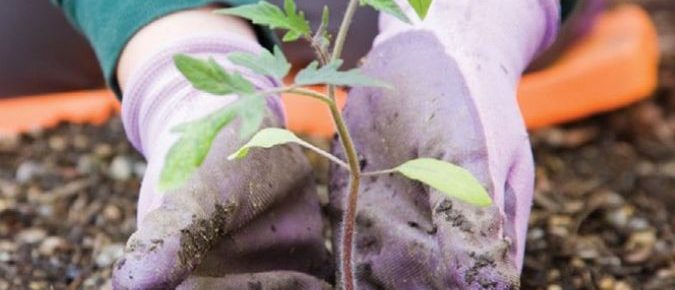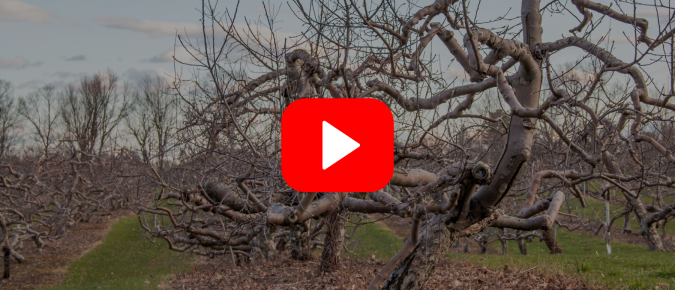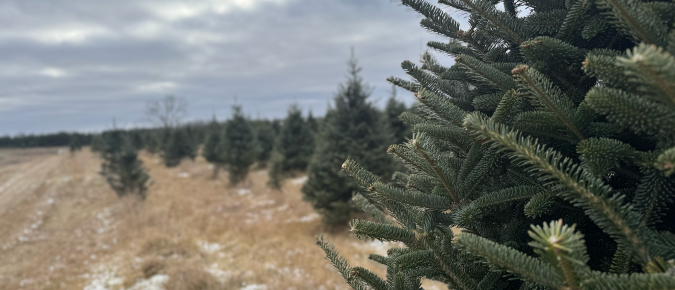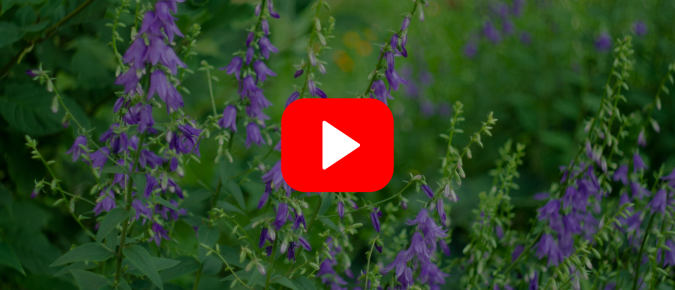Articles
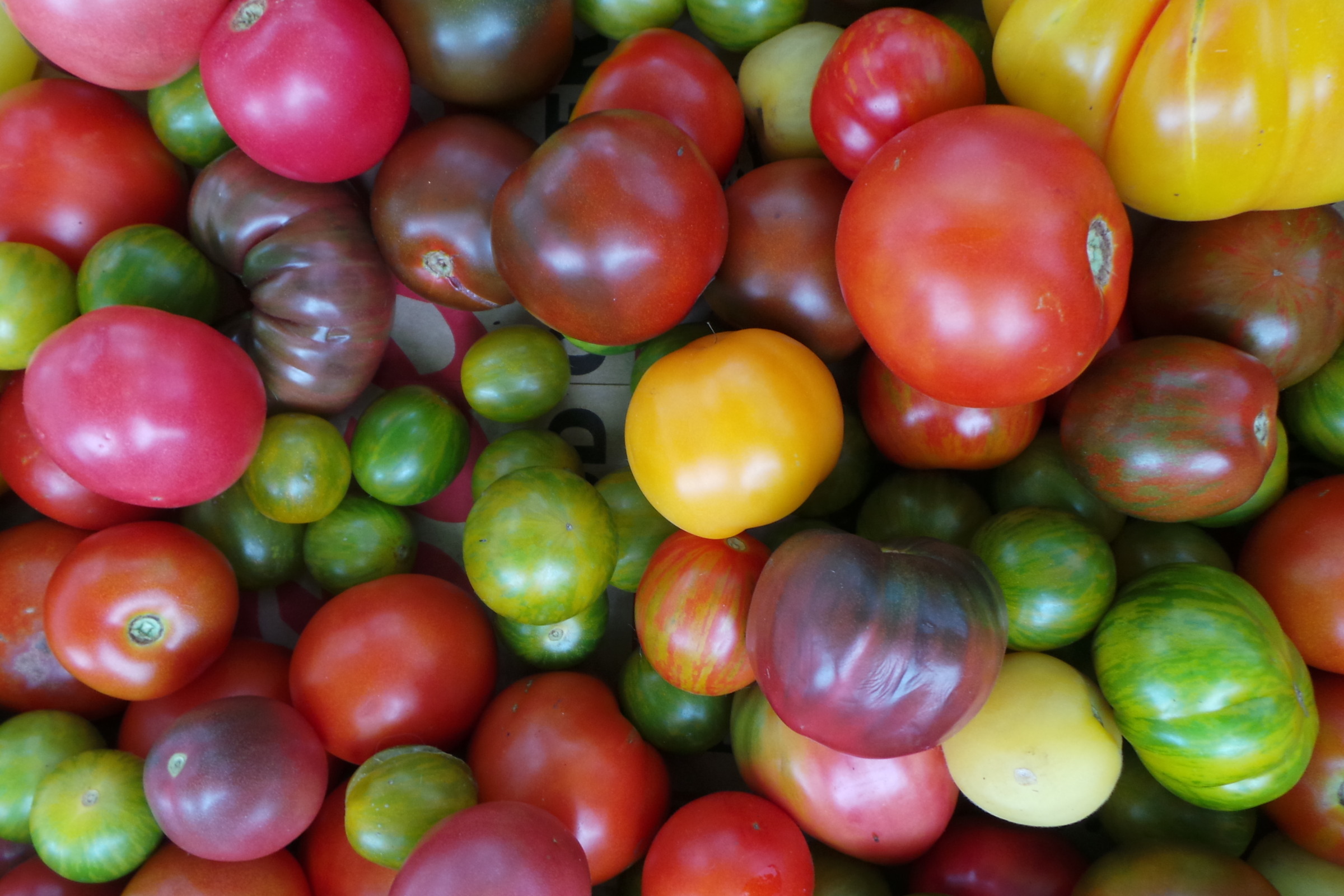
Gardening Articles
Research-based horticulture information to help keep your plants and gardens thriving.
▶︎ Watch: Torching Tent Caterpillars
Should you actually burn those big webs of caterpillars found in trees during spring and fall? In this episode of Garden Myths and Home Remedies, we uncover the truth about tent caterpillars.
▶︎ Watch: Planning for Fall Planting – Choosing the right trees and shrubs for success
Fall is a great time to plant a tree! In this webinar, you will learn why this time of year is optimal and which species are best-suited for fall planting. You’ll also hear about important factors to consider when picking a tree species and nursery stock—and whether or not those “fall clearance sale” plants are a good buy!
▶︎ Watch: Fall Bulb Planting
Fall is a great time to plant bulbs for spring beauty. In this webinar, you’ll learn essential tips on how to select the perfect bulbs, correctly plant them, and protect new plantings.
Apple, Pear and Related Trees Disorder: Fire Blight
Fire blight is a serious disease of apple, pear, raspberry, and some related ornamental plants. Outbreaks are sporadic, but when conditions are favorable, young trees can be lost to this devastating disease.
To Eat or Not to Eat? Less-than-Perfect Garden Produce
Before tossing your oddly shaped, blemished, or insect-nibbled garden produce, find out which imperfections are harmless and which could pose a safety risk. Learn how to spot trouble signs so you can enjoy more of your harvest with confidence.
Wisconsin Lawn Care Calendar
Properly timed cultural practices are key to healthy problem free lawns. Learn more about cool-season lawn care practices, including seeding, fertilizing, weed control, repair, and renovation and their optimum timing in Wisconsin.
Diagnosing the Nutritional Status of Fruit Crops
Regularly checking the nutrient levels in fruit crops and the soil they grow in is key to creating long-term, sustainable growing practices. This article explains how to collect soil and plant tissue samples for analysis.
Lead in Home Garden Soil
Lead in garden soil can pose health risks to gardeners and to those who eat the garden’s produce. Here’s how to reduce contamination and submit samples for analysis.
El plomo en la tierrade huertas domésticas
El plomo en la tierra o huerta puede presentar riesgos de salud para los horticultores y para las personas que comen los productos de esa huerta.
▶ Watch: Rejuvenating Old Apple Trees
Rejuvenating old apple trees can help bring them back to health and improve their fruit production. From there, ongoing maintenance is essential to support long-term productivity.
Choosing the Right Christmas Tree
Christmas trees offer consumers a chance to bring nature indoors for a few weeks each December. Whether you choose a pre-cut tree available at a local tree lot or garden center or cut your own tree from a farm, you will have several tree species to choose from.
▶ Watch: Biology and Management of Canada Thistle, Bishop’s Goutweed, and Creeping Bellflower
Learn about the biology and management of three common creeping perennials that can invade lawns and gardens in Wisconsin: Canada thistle, Bishop’s goutweed and creeping bellflower.

